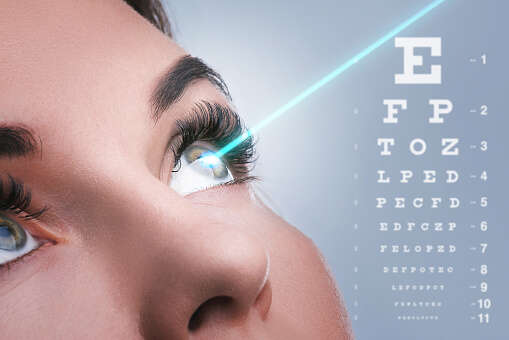What Is Orthopnea?
 Article Sources
Article Sources
- 1. Vaskar Mukerji: 'Dyspnea, Orthopnea, and Paroxysmal Nocturnal Dyspnea.' Clinical Methods: The History, Physical, and Laboratory Examinations. 3rd Edition. 1990, https://www.ncbi.nlm.nih.gov/books/NBK213/
- 2. 'Pulmonary edema.' Mayo Clinic, https://www.mayoclinic.org/diseases-conditions/pulmonary-edema/symptoms-causes/syc-20377009
- 3. Rakesh K. Pai, MD, FACC; Martin J. Gabica, MD; E. Gregory Thompson, MD; Adam Husney, MD; Stephen Fort, MD, MRCP, FRCPC: 'Heart Failure Symptoms.' UMHS Michigan Medicine, August 31, 2020, https://www.uofmhealth.org/health-library/tx4082abc
- 4. Biykem Bozkurt; Douglas L. Mann: 'Shortness of Breath.' AHA Journals, July 15, 2003, https://www.ahajournals.org/doi/10.1161/01.CIR.0000075956.36340.78
- 5. Cara Martinez: 'Shortness of Breath: When to See Your Doctor.' Cedars-Sinai, September 30, 2019, https://www.cedars-sinai.org/blog/shortness-of-breath.html
- 6. 'Heart Failure: Risk Factors.' University Health Care System, https://www.universityhealth.org/heart-failure/risk-factors/
4. Diagnosis
Because orthopnea is both a condition and a symptom of a medical problem, diagnosis of this breathing issue is fairly simple. Essentially, the patient’s description of their breathing difficulties is enough information for a physician to diagnose orthopnea.
One key criterion is that shortness of breath occurs when the individual lies down and goes away when the individual sits up or stands. Another condition for diagnosis is that the issues happen right away or very soon after reclining.
Advertisement











